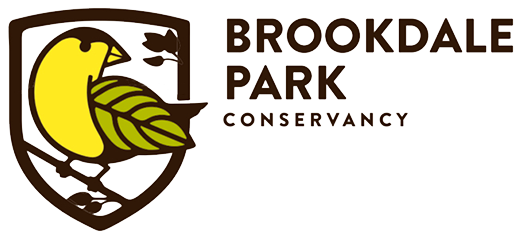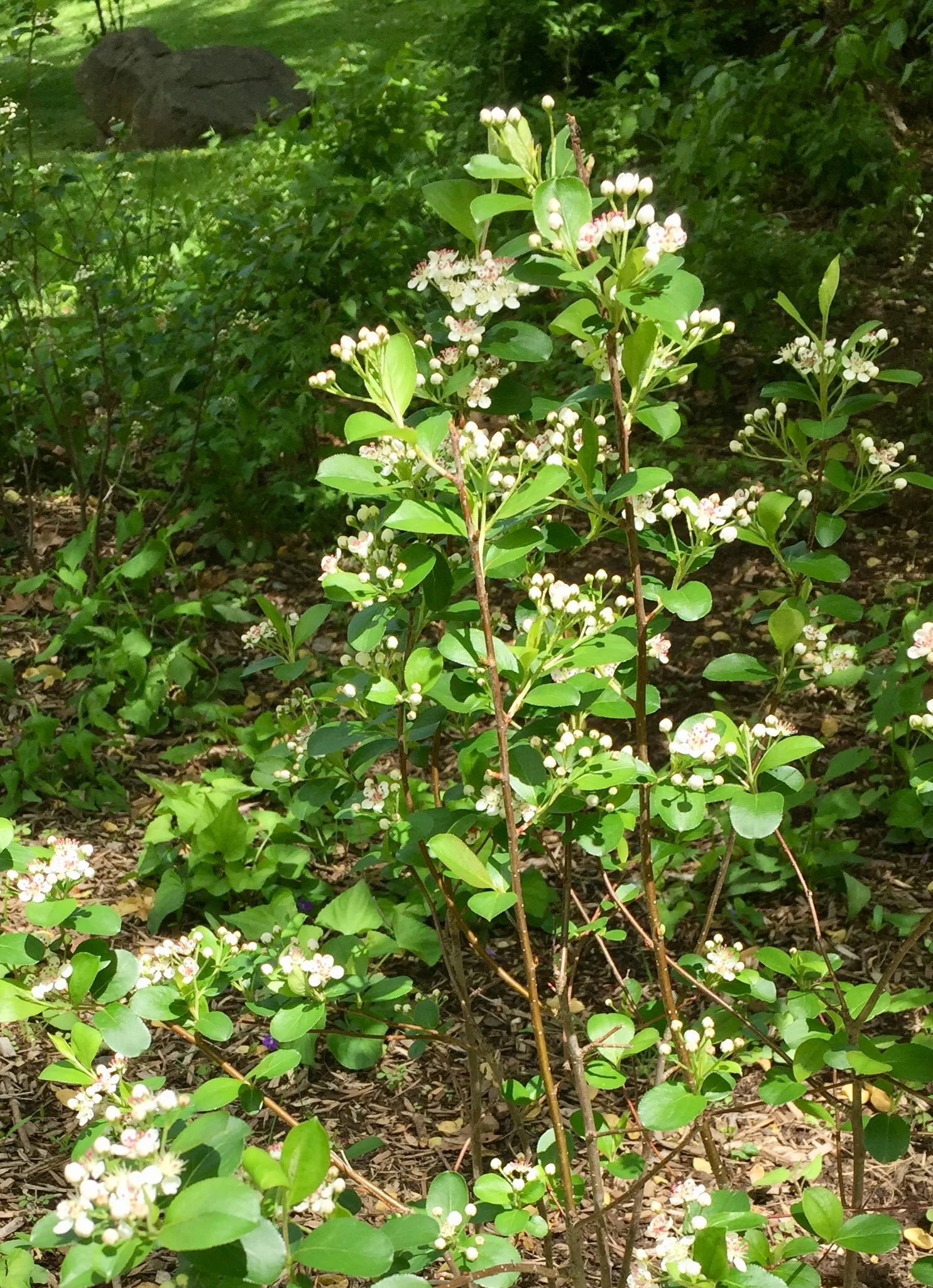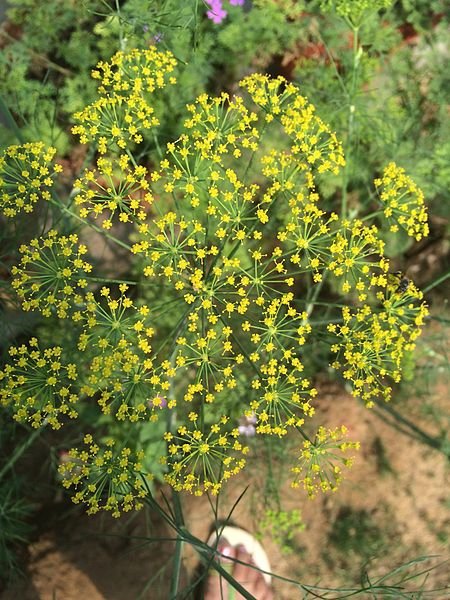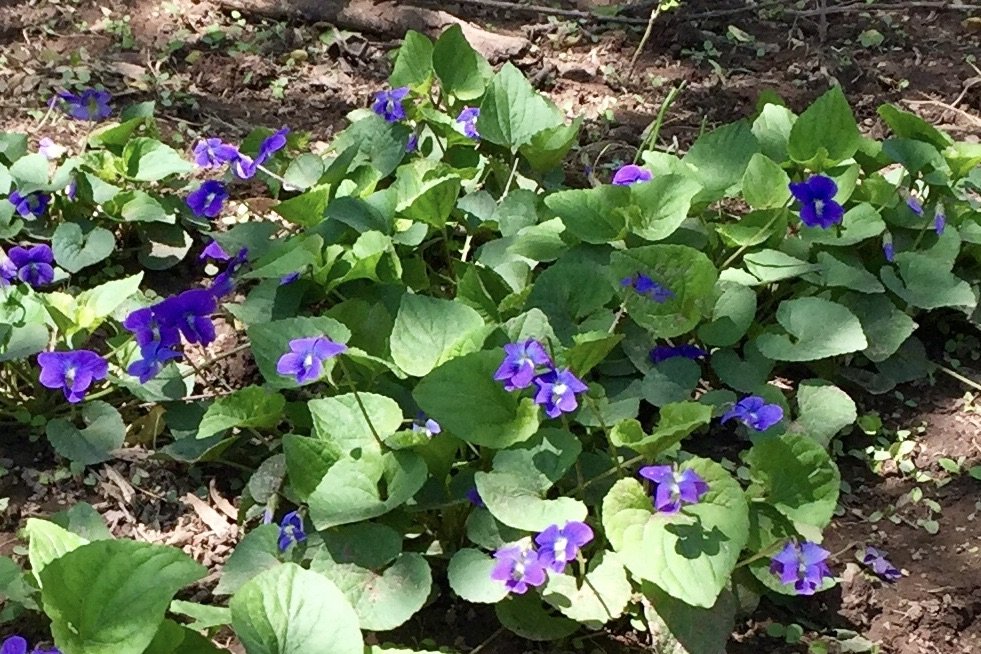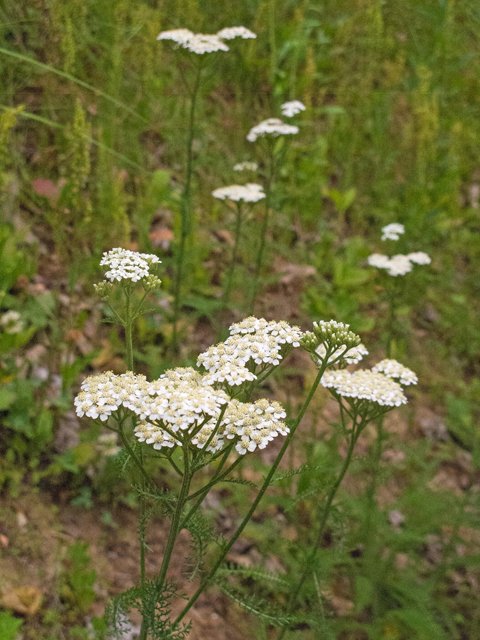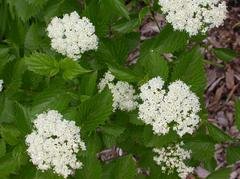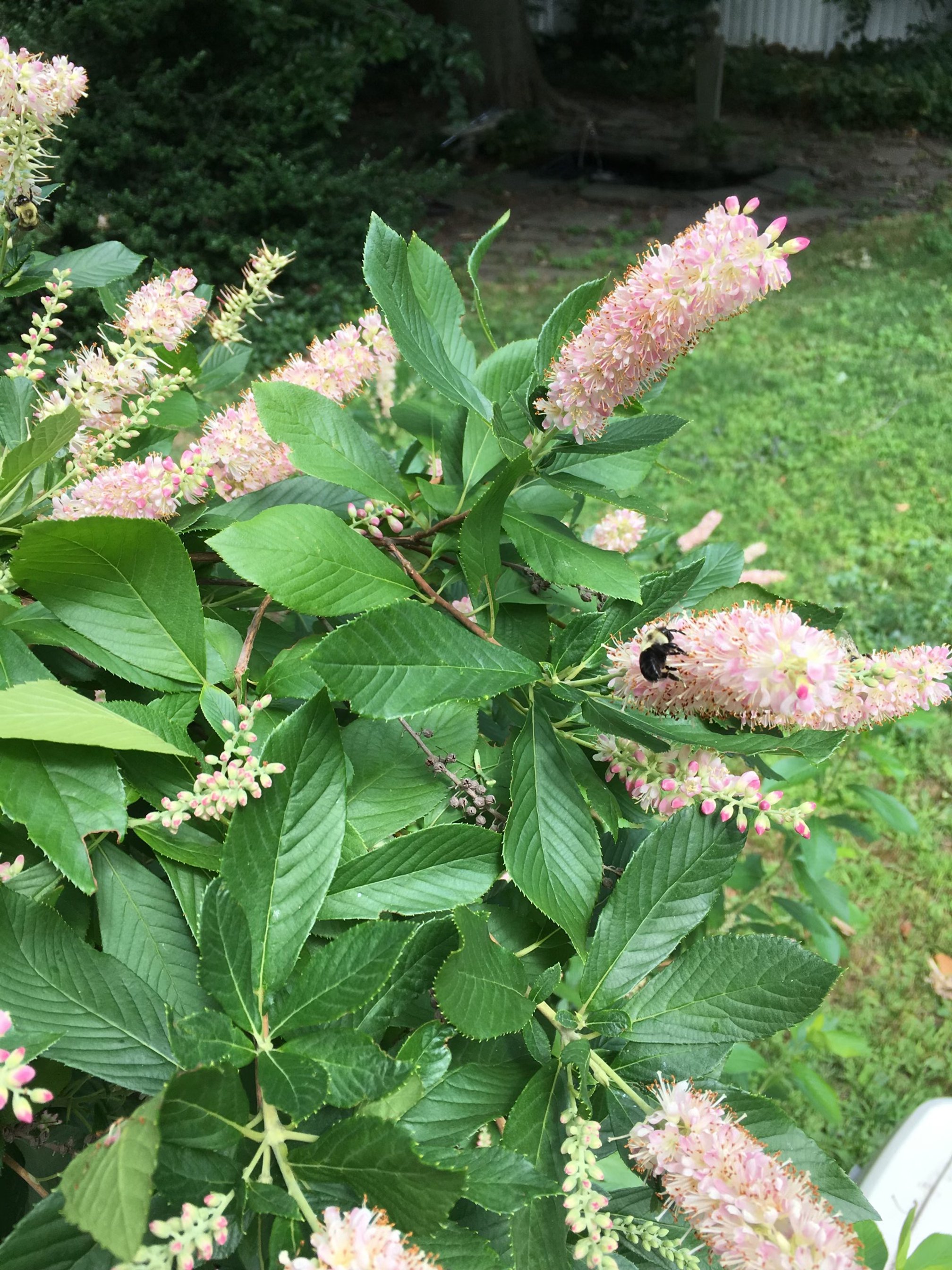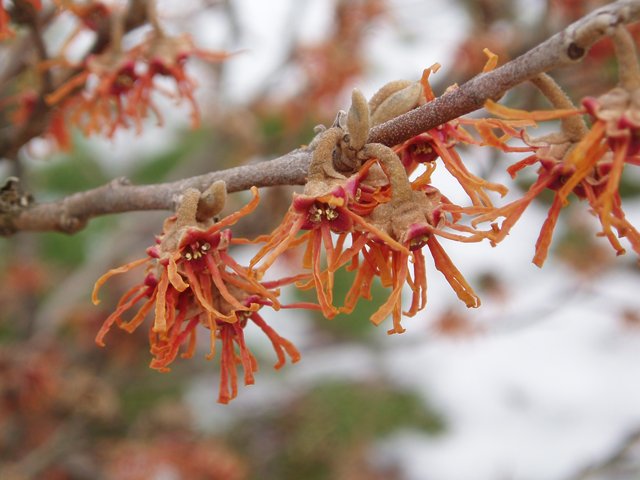native plants
What are Native Plants?
USDA definition of a native plant: A plant that is a part of the balance of nature that has developed over thousands of years in a particular region or ecosystem.
Are Native Plants Important?
A resounding YES! Here are key reasons why:
Native insects have coevolved with native plants so much so that they often rely solely on one or two plants to complete their life cycle. Monarchs are a good example as they only lay eggs on milkweed. We need plants that support insects not only for pollination but also nourishment for birds. Doug Tallamy describes how it takes roughly 6,000 caterpillars to rear one family of baby Chickadees through the first two weeks of life. These babies can eat only insects. If you don’t have the plants where butterflies and moths lay their eggs, you don’t have caterpillars and in turn our bird populations won’t thrive.
Native plants are adapted to the local climate and soil conditions where they naturally occur, they prevent soil erosion and store carbon. Natives need less water, less fertilizer, no chemicals. Fan favorite pollinators like monarchs, hummingbirds and goldfinches thrive on them. Perhaps most important is their role in sustaining life. Our life. These essential plant species provide nectar, pollen, and seeds that serve as food for ‘pollinators’ - native butterflies, insects, birds and other animals. Pollinators of all kinds - birds, bats, bees, butterflies, beetles, and other small mammals - pollinate plants that are responsible for bringing us one out of every three bites of food! They also sustain our ecosystems and our natural resources by helping plants reproduce. Pollinators need us and we need them!
Check out this National Wildlife Federation Native Plant Finder designed to help you find the best plant species to attract the butterflies and birds in your area. Enter your zip code and discover how many butterfly and moth species use each plant as a host for their caterpillars.
More terrific sites: Native Plant Society of New Jersey, Pollinator Partnership
brookdale park’s native plant gardens
playground ENTRANCE & circle gardens
Look for native pollinator loving plants at the main playground entrance and in the nearby circle garden. Can you find the native beauties pictured below in real life? Stop and see what you can find on your next stroll through the park. You might even get lucky and see a caterpillar or butterfly in spring and summer. For more native flora, take a short walk from the playgrounds over to the Pollinator Garden for a more robust native plant garden. Fall and winter displays might be a little less colorful, but no less important in sustaining the pollinator kingdom.
Search for your favorite native on these searchable websites: NC State, Missouri Botanical Garden
ANISE HYSSOP
Agastache foeniculum
This plant does it all: blooms for months, is good as fresh or dried cut flowers, has leaves that smell great, can be used for tea, is highly deer resistant, works well in your garden AND provides rich nectar.
Attracts:bees, butterflies, hummingbirds
Growth: perennial, 2-4’h, sun/part shade, dry soil
Bloom: June-August
NEW ENGLAND ASTER and PURPLE DOME
Symphyotrichum novae-angliae
When all other plants in the garden are fading in the fall these pop. Pruning mid summer can encourage “flower business” and prevent them from flopping.
Attracts: Butterfiles, moths, bees and birds
Hosts: Pearl Crescent Butterfly
Growth: Perennial, 3-5’h, Part sun, moist soil
Bloom August - October
DENSE BLAZING STAR
Liatris spicata
This plant has dense spikes of flowers that bloom from the top down. They are best suited planted in masses or scattered as accents.
Attracts: Hummingbirds, Bees, Butterflies
Growth: Perennial 2-3’h, sun, tolerates all soil types
Bloom: May-July
CUTLEAF CONEFLOWER
Rudbeckia laciniata
Another tall relative of black eye’d susans this has clusters of flowers making it a vibrant addition to a border. Keep an eye on its growth and divide it regularly. While deadheading will encourage a re-bloom in the fall, it also means depriving birds, especially goldfinches of the plant’s seeds.
Attracts: butterflies, birds, bees, predatory wasps, moths, flies
Growth: perennial 2-10’, sun to part shade, average well drained soil
Bloom: July-September
LARGE CONE FLOWER
Rudbeckia maxima
These tall flowers tower above their surroundings on grey/green stalks- a great accent in the back of your garden. The large (24”long) leaves are a point of interest in the spring. Leave the spent flowers so our park mascot, the goldfinch can visit and eat them.
Attracts: butterflies, goldfinches
Growth: Perennial, 7’h, sun, dry organically rich soil
Bloom: June-July
CHOKEBERRY
Aronia melanocarpa
This provides multi season interest with fragrant white flowers in spring, brilliant red/purple foliage in fall, and bitter berries that may persist well into the winter. Spreads by suckers.
Attracts: Birds
Growth: shrub, 3-6’h, sun/part shade, well drained average soil
Bloom: May
SWEET JOE PYE WEED
Eutrochium purpureum
This tall plant fits best in the back of borders. Providing food for many pollinators, it’s a keystone plant in the garden. It is named after Joe Pye, a Native American herbalist who used it to cure a variety of illnesses. Joe Pye was the nickname for Joseph Shauquethqueat a Mohican chief.
Attracts: butterflies, native bees
Hosts: Ruby Tiger Moth
Growth: perennial 5-7’h, all sun/part shade, medium/wet soil
Bloom: July-September
GOLDEN ALEXANDER
Zizia aurea
Part of the carrot family this plant attracts many pollinators with its multiple flowers. If you look closely through out the summer you can find the caterpillar (larvae) of the swallowtail butterfly as well as adults laying eggs.
Attracts: bees, butterflies, beetles, pollinating flies
Hosts: Black Swallowtail Butterfly
Growth: perennial, 3’h, sun/part shade, average well drained soil
Blooms: May-June
GARDEN OR SUMMER PHLOX
Phlox paniculata ‘Jeana’
The clusters of fragrant flowers bloom for a prolonged time in the summer. This looks stunning in the home garden paired with blues and purples, toned down with white flowers or contrasted with yellow. Very versatile!
Attracts: bees, butterflies, hawk moths, hummingbirds
Growth: perennial, sun to part shade, fertile well drained soil
Blooms: June-August
LITTLE BLUESTEM
Schizachyrium scoparium
This native ornamental grass is a winner, offsetting the flowers in your garden. Blueish foliage lasts all summer turningreddish-bronze in autumn. The silvery white tufted seeds attract birds. The rigid clumps can withstand snow and rain, allowing the reddish grass stems to remain upright for most of the winter.
Attracts: birds, butterflies
Growth: grass, 2-3’h, sun, tolerates all soils, likes dry soil
Blooms: mid to late summer
WILD BERGAMOT
Monarda fistulosa
This monarda’s showy flowers are as at home in a butterfly or native garden as in a traditional border. These flowers are visited by hummingbirds, once they find the flower in your yard they tend to come back daily. While monarda can get powdery mildew this does not harm the plant or others in the border and seems a small price to pay for hummingbird visits!
Attracts: Hummingbirds, song birds, bees, butterflies
Growth: perennial, 3-4’, sun/part shade , dry soil
Bloom: May-July
CAREX, APPALACHIAN
Carex Appalachia
This sedge forms a fine-leaved, 16-inch-wide clump on well drained slopes. It works well as a ground cover with other woodland plants as it does not spread.
Growth: sedge, .8’h, shade to part shade, average to dry soil
EASTERN BLUESTAR ‘STORM CLOUD’
Amsonia tabernaemontana ‘Storm Cloud’
The blue star-shaped flowers bloom in mid-spring. Leaves turn a pretty yellow in fall. Easy plant to grow that looks great as an accent plant and also en masse. Prune after flowering to avoid it flopping over.
Attracts: Bees and other pollinators
Growth: Perennial, 2-3’h, Full sun/partial shade, tolerate of most soil types, likes moist well-draining soils
Blooms: Mid-spring
CANADA ANEMONE
Anemone canadensis
When in ideal conditions, this perennial in the buttercup family will spread quickly, making it a good ground cover. The white flower with yellow center sits atop a delicate whirled leaf and blooms in mid-late spring. It’s found in woodlands, along rivers and in moist meadows and thickets.
Attracts: Bees and other pollinators
Growth: Perennial, .5-1’, partial-shade to shade, tolerates most soil types, likes moist soil
Blooms: Mid to late spring
GERANIUM WILD
Geranium maculatum
Once established it will settle into your garden with bright green palmate leaves and lavender spring flowers. It spreads about 2-3 ft keeping weeds at bay. If the soil gets too dry the plant may die back and then reappear the next spring.
Attracts: bees, butterflies
Growth: Perennial, 1-2’, sun/part shade, dry or moist soil
Blooms: May
OSTRICH FERN
Matteuccia struthiopteris
This fern is easily grown in the garden, especially if you keep it moist. It spreads with rhizomes underground, forming clumps that provide interest throughout the summer. Its scientific name honors Carlo Matteucci, a physicist who was the first to discover muscular current - the electrical phenomenon related to muscular effort.
Growth: fern, 2-6’, part to full shade, rich, moist soil
PARTRIDGE PEA
Chamaecrista fasciculate
An annual. this plant dies at the end of the season. However, it readily self seeds, and will continue to appear every year to show off its blue-green leaves and yellow flowers. You can grow this plant by simply sowing the seeds in your garden in the fall. Allow it to wind its way through a native plant flower bed. It is nitrogen-fixing so it enriches your soil.
Attracts: bees, wasps, flies, ants
Growth: annual, 1-3’ h, full sun, dry soil
Blooms: July - September
PENSTEMON, TALL WHITE
Penstemon digitalis
This plant is also called Foxglove Beardtongue, referring to the shape of the flower which looks like a gloved finger. and the long hairy filament that protrudes from that flower. It looks great in naturalized areas of your yard, or at the back of a border.
Attracts: Bees, Hummingbirds, Butterflies
Growth: perennial, 2-3’ h, sun, well-drained soil
Bloom: April-June
QUEEN OF THE PRAIRIE
Filipendula rubra
With its pink flowers on tall stalks that rise above their surroundings and its star-shaped leaves, this plant is quite distinctive. Though native to New Jersey, it is endangered and rarely seen. We hope it thrives in Brookdale Park.
Attracts: bees, beetles, flies
Growth: perennial, 6-8’h, sun, average moist soil
Blooms: June, July
SOLOMON’S SEAL, VARIGATED
Polygonatum odoratum var. pluriflorum
The fragrant flowers and striped leaves make this plant stand out in your shade garden. The blooms attract butterflies and birds love the berries that follow. Once planted, there is little upkeep, other than enjoying it.
Attracts: butterflies, birds
Growth: perennial, 2-3’, sun/part shade, moist soil
Blooms: April-June
VIOLETS
Viola sororia
Violets are our state flower and important to our ecosystem. Fritillary butterfly larvae eat only violets. While some people prefer a very tidy lawn or flower border, allowing violets in your yard provides color and supports 30 different species of fritillaries. Violets come in a variety of colors, blue, pink, white and bi-colored.
Attracts: bees, butterflies, birds Host plant: Greater and Lesser Fritillary Butterflies; Mining bee Andrena violae
Growth: perennial, .5’h, sun/part shade, well-drained soil
Bloom: April-June
YARROW
Achillea millefolium
With its finely cut fern-like leaves and tall flat flowers, yarrow is a soft accent in a border. It spreads through rhizomes and also self seeds, Watch it pop up in the garden filling in empty spaces and outcompeting weeds.
Attracts: bees, butterflies
Growth: perennial, 1-3’, full to part sun, dry soil
Blooms: June-September
Aronia melanocarpa ‘Low Scape’
This shrub provides multi-season interest with fragrant white flowers in spring, brilliant red/purple foliage in fall, and bitter berries that provide food to birds and mammals in late winter. Spreads by suckers. This variety is bred to stay shorter than others.
Attracts: Birds and small mammals
Growth: shrub, 1-2’h, sun/part shade, well-drained, average soil
Bloom: May
DOGWOOD, RED OSIER
Cornus sericea
The bright red stems of this shrub provide winter interest but to have consistent color you must prune in late winter/early spring (remove up to a third of the oldest stems). It is a larval host for butterflies and an excellent addition to a pollinator garden with white flowers in summer and white berries in fall.
Attracts: butterflies, bees, birds and small mammals
Growth: shrub, 6-9’, sun/part shade, rich moist soil
Blooms: May-June
HONEYSUCKLE, BUSH
Diervilla ‘Kodiak Orange”
During the spring and summer this shrub has glossy green leaves and yellow flowers in the early summer. In the fall, the leaves are vibrant orange and provide a wonderful alternative to the non-native, invasive “burning bush” Euonymus.
Attracts: hummingbirds, butterflies
Growth: shrub, 3-4’h, sun/part shade, dry
Blooms: May-June
HYDRANGEA, OAKLEAF ‘ALICE’
Hydrangea quercifolia ‘Alice’
This native hydrangea is a multi-season showstopper. Its green oak-shaped leaves are attractive in the spring/summer and its white flowers rival many non-native hydrangeas in size and beauty. In the fall, the flowerhead ages to pink and the leaves turn a deep red, persisting well into winter.
Attracts: bees
Growth: shrub, 6’, full sun/part shade, moist, well-drained soil
Blooms: May-July
NINEBARK ‘SUMMER WINE’
Physocarpus opulifolius ‘Summer Wine’
This variety of ninebark stands out for its dark red foliage which contrasts so well with its pink flowers. In the winter its bark exfoliates or peels showing several colors in the inner bark which adds interest to the landscape. These bushes are quick growers, filling in while other shrubs establish themselves.
Attracts: birds, bees
Growth: shrub, 6’h, full sun, well-drained soil
Blooms: June-July
VIBURNUM, ARROWWOOD ‘BLUE MUFFIN’
Viburnum dentatum ‘Blue Muffin’
This straight-stemmed shrub provided wood for arrows hence its common name. White flowers produce blue-black fruits that are eaten by birds. If you need to prune, do so immediately after blooming so that you do not lose flower buds.
Attracts: birds, butterflies, birds
Growth: shrub, 3-5’, sun/part shade, average soil
Blooms: May-June
SUMAC, FRAGRANT
Rhus aromatica
This bush has yellow flowers which are followed by red berries that birds love. It is a stand out in the fall when the aromatic leaves turn orange/red/reddish-purple. Planted in a group to form a border or on a slope to prevent erosion, this is a stunning landscaping choice.
Attracts: bees, butterflies Host: Red-banded Hairstreak
Growth: shrub, 3’h, sun, dry soils
Bloom: Spring
SUMMERSWEET
Clethera alnifolia ’16 Candles’
Planted near a door the sweet fragrance will delight you every time you go in or out. The clusters of white flowers produce peppercorn like seeds. Pollinators love the flowers in the summer and birds feast on the seeds in the fall/winter.
Attracts: bees, butterflies, hummingbirds, birds
Growth: shrub, 4’h, part shade, most soils
Bloom: Summer
VIRGINIA SWEETSPIRE
Itea virginica
In early summer, long tassels of tiny, fragrant flowers appear. In the fall, the leaves turn a reddish purple. As the bush tolerates wet locations, it’s great in a woodland garden, along a pond or in a rain garden.
Attracts: bees, butterflies, hummingbirds, birds
Growth: shrub, 3-4’h, part shade, most soils, including wet
Bloom: Late Spring
WITCHHAZEL, OZARK
Hamamelis vernalis
This brings in wildlife and provides beauty throughout the seasons. Fragrant flowers with yellow crumpled petals and red centers early in the year before the leaves. Seed capsules mature in the summer attracting birds. Witchhazel also has abundant medicinal uses.
Attracts: bees, butterflies, birds
Growth: small tree or shrub, up to 15’h, part shade, most soil conditions
Bloom: mid to late winter
